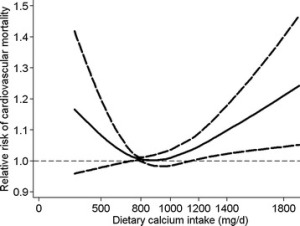Abstract
Low bone mineral density is associated with increased arterial stiffness in participants of a health records based study.
Many epidemiological studies have shown that low bone mineral density (BMD) and atherosclerosis appear to be related. However, their precise correlation is not completely understood after full adjustment the shared confounders of atherosclerosis and bone metabolism. The aim of this cross-sectional study was to investigate the relationship between BMD and subclinical atherosclerosis in a healthy Chinese population and the difference in gender.
The study population consisted of 2,487 subjects (1,467 men, 1,020 women) who participated in health check-up programs and were selected to be free of major diseases which might affect atherosclerosis and bone metabolism. Bone status was assessed by BMD in lumbar spine. The brachial-ankle PWV (baPWV) was assessed as a functional marker of atherosclerosis. The ankle-brachial index (ABI), carotid artery intima-media thickness (CIMT), estimated glomerular filtration rate (eGRF) and microalbuminuria were evaluated as indexes of structural markers of atherosclerosis.
After adjustment for risk factors, significant association was shown between baPWV and BMD in both genders (male: r=-0.084, P=0.035; female: r=-0.088, P=0.014). The correlation was stronger in females than in males, and in females, the correlation was stronger after menopause. Similarly, mean baPWV differed significantly according to the decreased BMD (normal BMD, Osteopenia, Osteoporosis). In contrast, no significant differences were observed for ABI, CIMT, eGFR or microalbuminuria with BMD.
Independent of confounding factors, low BMD is associated with the functional marker of subclinical atherosclerosis (increased baPWV), but not with structural markers (ABI, CIMT, eGFR or microalbuminuria) among healthy females and males.
Wang YQ, Yang PT, Yuan H, Cao X…
J Thorac Dis May 2015
PMID: 26101634 | Free Full Text
From the full text discussion:
There are several potential mechanisms to explain this link. Both osteoporosis and atherosclerosis share similar or common risk factors. Bone-associated matrix proteins, homocysteine, high levels of OPG, inflammatory mediators, estrogen and vitamin D deficiency all play an important role both in bone metabolism and in the development of atherosclerosis (32).


